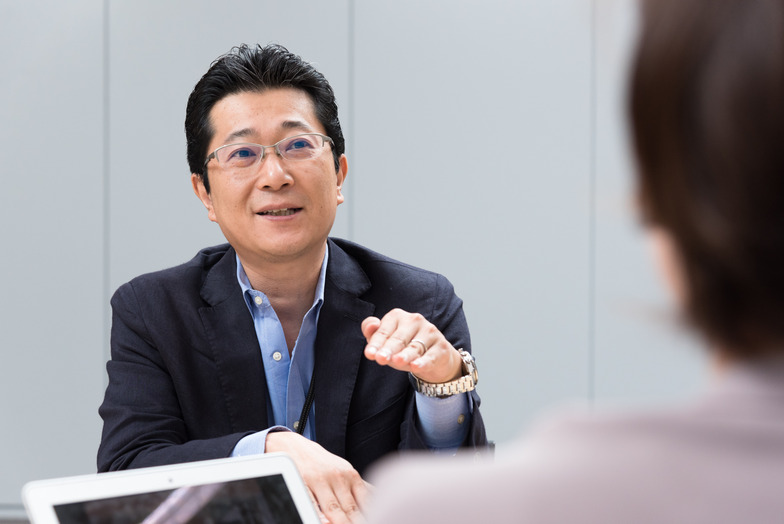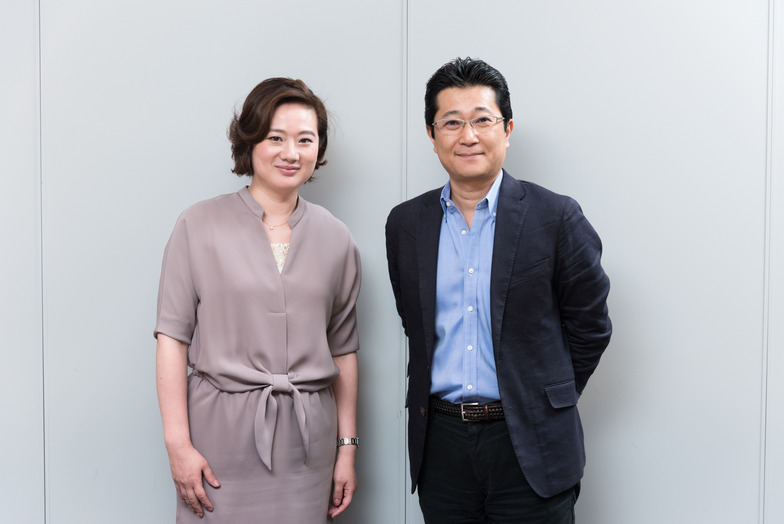Continu ing from last time, we hear from Mr. Harada, who works as an inbound business producer, about the real situation of Chinese tourists and the approach to inbound marketing.
2.Key Considerations for Guiding 500 Million Chinese Travelers
Harada: Let me share some data on Chinese visitors to Japan. China currently has a population of 1.4 billion, of which 110 million traveled overseas in 2014. The Chinese Tourism Administration aims to increase this to 250 million by 2020. Currently, only about 4% of Chinese travelers visit Japan. If this were to increase to 10% by 2020, that would mean 10% of 250 million, or 25 million Chinese tourists visiting Japan.
Takahashi: So that era is coming.
Harada: It will definitely come. Moreover, global travel is projected to reach 1.8 billion people by 2030, with 30% of those coming from the Asia-Pacific region. That means there will be 500 million travelers surrounding Japan. If just 5% to 10% of them visit Japan, that translates to roughly 25 to 50 million visitors. As you know, the majority will likely come from China.
Takahashi: That's an unimaginable number. But precisely because there's that much potential, global marketing targeting Chinese tourists is intensifying, isn't it?
Harada: I felt it keenly myself when I went to Paris last year. I remember that in the past, signboards at airports and such in France also had Japanese, but now they were all in Chinese. English, French, and Chinese – three languages. It's true that many countries around the world are now thinking about how to attract the 250 million Chinese tourists to their own countries.
The definition of "affluent class" changes every year
Takahashi: It really underscores their importance as a market, but then the question becomes how to accommodate them. Issues like manners are often brought up...
Harada: People tend to lump all Chinese tourists together as having poor manners, but there are various social strata among Chinese people, and their personas differ significantly depending on their tier.
Recently, through our network, we gathered about 20 affluent Chinese individuals to hear their perspectives. They were extremely conscious about manners. They wiped down every sink in the hotel rooms they stayed in Japan and tidied up after themselves. They explained this behavior stemmed from frustration over constantly being labeled as "Chinese people with bad manners." The affluent class inherently has good manners.
This highlights a crucial point for services targeting Chinese consumers: Is your target the affluent class, the upper-middle class, or the general population? When formulating strategy, you must thoroughly grasp and commit to memory the atmosphere and personas of each segment before planning actions. Especially with the affluent class, participation in online surveys is virtually unheard of, meaning they often aren't reflected in typical research targeting Chinese consumers. Meeting them in person to understand them is essential.
Takahashi: Earlier you mentioned needing the courage to let things go. Within China itself, the question arises of "which segment to target." Regarding the affluent class, were there any other interesting findings?
Harada: There were several, but fundamentally, it reaffirmed how different their culture is from Japan's. Japanese people tend to prefer images of "quiet" and "clean," but even affluent Chinese often seek liveliness. They want shopping centers and hotels to blast music, for instance. A quiet atmosphere makes them think "there's not enough content." Come to think of it, even with Nambu ironware, the ones in primary colors are selling well. I think it's crucial not to cling too much to traditional images and instead change the approach slightly to reach them.
Takahashi: By the way, which segment of Chinese visitors to Japan is most common?
Harada: FIT travelers are primarily affluent and upper-middle class, but in China, income levels across segments constantly shift. With national income rising by tens of percent annually, what defined the "affluent class" last year—say, those earning over ¥10 million—has changed this year. This is a crucial point to note when marketing to Chinese tourists.

Visa requirements were relaxed, promoting visits to Japan by the mass affluent class (estimated at 14.01 million people) and the middle-income class (estimated at 400-600 million people).
The necessary "adaptability" for Japan to grow in cross-border e-commerce
Takahashi: Let's shift to Chinese tourists' shopping and consumption trends. The frenzy of buying electronics, as seen before, has clearly subsided. One reason is that electronics bought once often last for years without needing replacement. Instead, drugs and cosmetics have become the new targets for bulk buying. The problem is what comes next. The next product category is proving hard to identify.
Harada: Another issue is China's tariff hike effective April 8th. When bringing in goods purchased overseas, the duty-free allowance per person is now capped at 5,000 yuan. That's just under 100,000 yen. Buying one electronics item pushes you right up to the limit. But you can buy lots of eye drops. This "monetary cap" is also a crucial topic.
Takahashi: To buy items above the limit, you have to purchase overseas goods from e-commerce sites in China. That means it becomes the cross-border e-commerce market, right?
Harada: That's right. According to the Ministry of Economy, Trade and Industry, the total cross-border e-commerce market size between Japan, the US, and China was ¥2,766.4 billion, a 22.6% increase year-on-year. China's cross-border B2C e-commerce was the largest, about 1.8 times that of the US. In terms of B2C e-commerce market growth rates by country worldwide, China ranks first, the US second, the UK third, and Japan fourth. If we don't hurry, the US and UK will steadily take our share.
Takahashi: What kinds of products are selling well in the United States?
Harada: Diapers and milk, for sure. Then cosmetics and such. A lot of drugstore-type products.
Takahashi: In terms of product trends, it might not be that different from what's bought in Japan.
Harada: The biggest issue in cross-border e-commerce right now is the overseas vs. domestic market conflict. The intense desire to protect the domestic market is causing business losses. For example, China uses 220 volts, different from Japan's 100 volts. If you want to make 220-volt appliances for China, you need to set up a new production line. Trying to lower costs means sacrificing product quality. Then, Chinese consumers think, "We'd rather have the Japanese-spec 100-volt product than a lower-quality 220-volt version." While you could just bundle in a voltage converter, Japanese companies worry that exporting large quantities of 100-volt products overseas will impact the domestic market, so they stop exporting them... This creates a vicious cycle.
Takahashi: Meanwhile, the US and UK keep selling and expanding their market share.
Harada: Exactly. Chinese consumers aren't as fixated on Japanese products as Japanese people think. Japan needs to switch back to mass-producing only 100-volt lines and bundle transformers with them. To sell while demand is high, swift and flexible responses are essential.
Takahashi: The Chinese market moves incredibly fast. We need to keep accelerating our response to these issues and budget allocations.
Harada: China is simply dynamic and fast-moving. The landscape changes within six months. The tariff hike in April is one example. There's a significant time lag between Japan's budget cycle and implementation versus China's shifting social trends. If you think "We must do this," you have to execute within three months or the tide will turn in an instant. Japanese companies must also accelerate their cycle speed.
When you draw a circle centered on China, the most accessible tourist destinations within a three-hour flight are undoubtedly Japan. The back-and-forth between Japan and China will never end, even after 2020. I've been in Japan for exactly 20 years now, and I feel we're finally starting to truly recognize each other's importance. I sense the timing has finally come for me to become a bridge between Japan and China.








